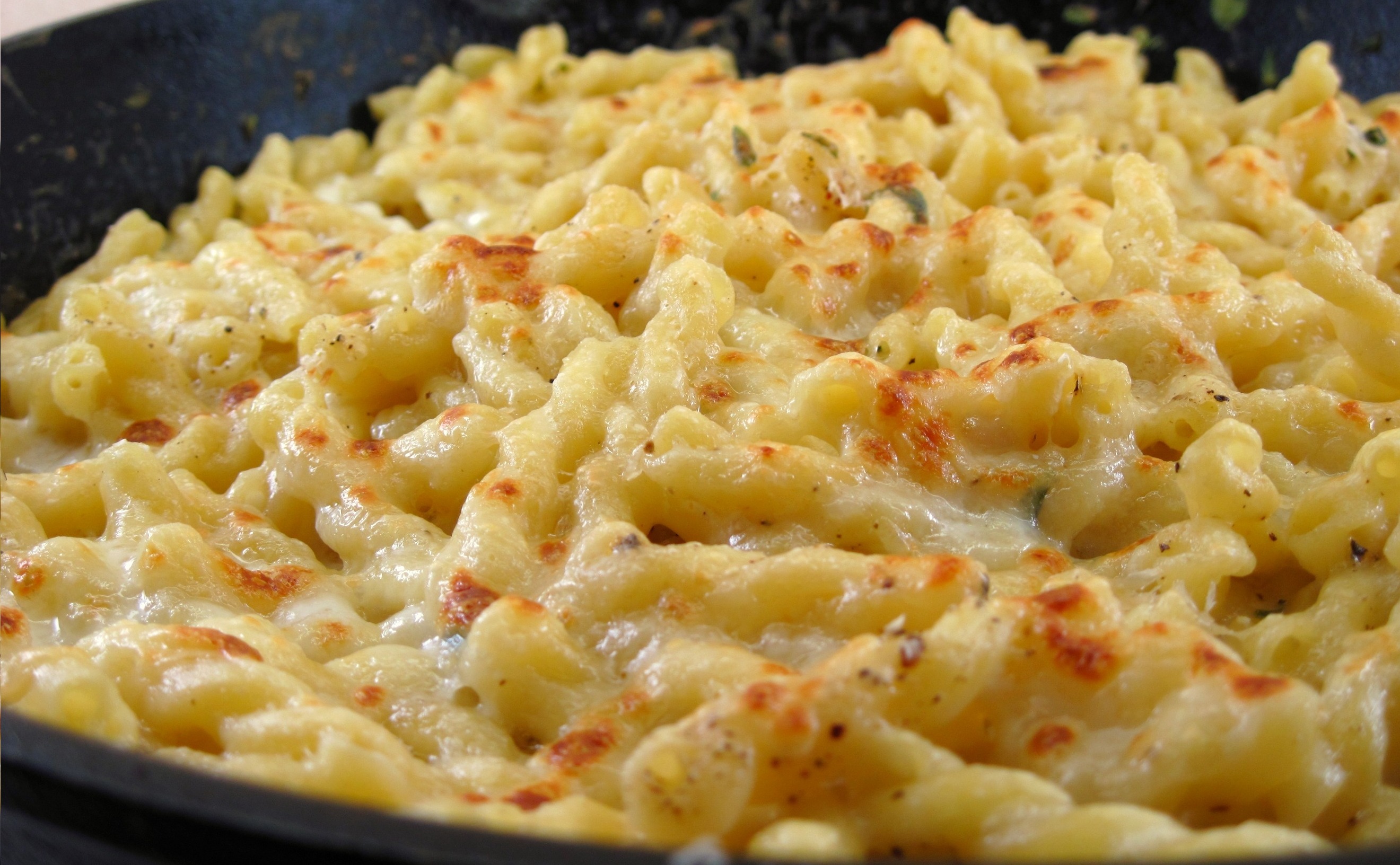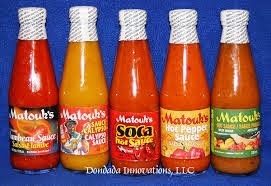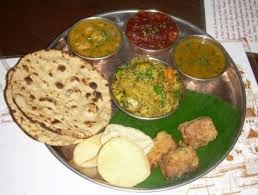The term 'corned' comes from putting meat in a large crock and covering it with large rock salt that was referred to as 'corns of salt'.Before corned beef was salted beef which was practiced in ancient times in cold countries, they found that the meat didn't spoil if it made contact with enough salt.
The Irish were the biggest exporters of corned beef till 1825 where it was introduced to America.
 |
| Curried corned beef with potatoes and rice |
Ramen was introduced to Japan by some Chinese tradesmen in the 19th century.The word Ramen means 'noodles in soup broth'. When the U.S occupied Japan it imported wheat as away to contain communism.In 1970, ramen was introduced to the U.S by a company called Nissin which generated over 6 billion in profits.
It's pasta so of course it has some Italian origin.It is also said that
U.S President Thomas Jefferson at the time encountered this dish in
Italy and brough back to recipe to the United States where the famous
company Kraft put it a box in 1937.
'Lasanis' in the 13th century was said to be the first mac and cheese recipe
 |
| Macaroni and cheese |
using cheddar cheese.


.png)
.png)



.png)






.png)
 Bake and shark is a Trini favourite, whether we buy it at Maracas beach or the side of the road, there are always long lines.There are many sauces to choose from, tamarind, chado beni, garlic and our traditional sauces like ketchup and don't forget the cole saw that crunh you get when you bite into it which is the best part for me
Bake and shark is a Trini favourite, whether we buy it at Maracas beach or the side of the road, there are always long lines.There are many sauces to choose from, tamarind, chado beni, garlic and our traditional sauces like ketchup and don't forget the cole saw that crunh you get when you bite into it which is the best part for me
 Mostly popular around carnival time, this Trini favourite.Corn soup is not only a liming food but a full meal.The fun part is that you can put anything in it, pigtail, dumpling or provision.What gives it that creamy taste and flavou is the coconut milk, then you add your seasonings like primento, garlic, chado beni, pumpkin and chives yum yum.
Mostly popular around carnival time, this Trini favourite.Corn soup is not only a liming food but a full meal.The fun part is that you can put anything in it, pigtail, dumpling or provision.What gives it that creamy taste and flavou is the coconut milk, then you add your seasonings like primento, garlic, chado beni, pumpkin and chives yum yum..jpg)
.png)


.png)

.png)
.png)
.png)


.png)


.png)
.jpg)
.jpg)
.jpg)
.png)
.png)

.png)
.png)

.png)
.png) .
..png)
.png)
